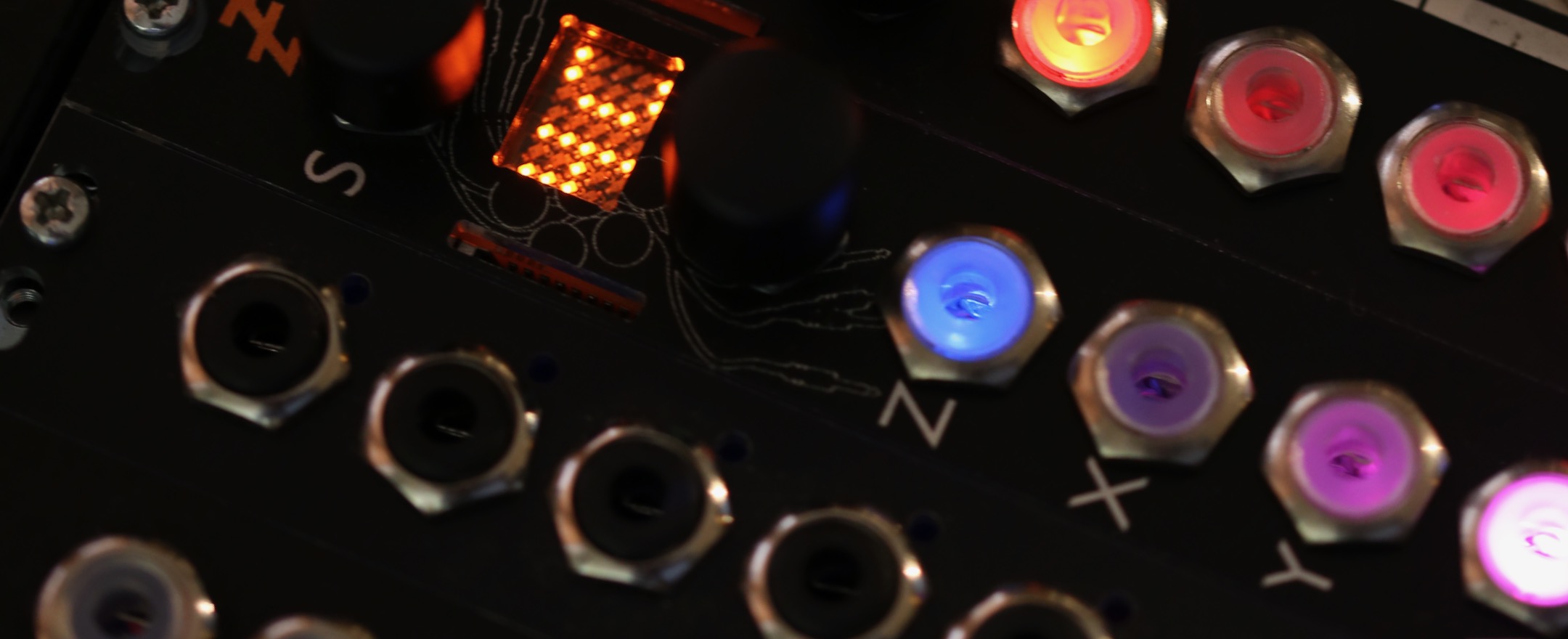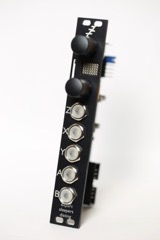

To compete with Draegerwerk, Robert Davis of Siebe, Gorman built the ‘Self Contained’ Diving Apparatus which was produced entirely from the findings provided by Henry Fleus and which had been used in the ‘Proto’ rebreather design.

Obviously the British ban of the Draeger rebreather was good for the sales of the English ‘Proto’ rebreathers which were manufactured by Siebe, Gorman & Co Ltd!. Even though it was later established that the accident had happened after a soda-lime cartridge had been punctured by a nail from its transport crate (and had therefore leaked when in use), Cadman had the German made rebreathers banned from service. A Draeger injector rebreather system was being used when the unfortunate mining incident occurred. However, the situation changed when Professor Sir John Cadman (board member of the British ‘Institution of Mining Engineers’) had the Draeger injector rebreathers declared ‘unsafe’ following a mining accident in 1912 at the ‘Cae Duke Mine’ in Longhor, South Wales. The invention was a huge success and Draeger sold large numbers of rebreathers around the world.Īs a result, in 1912 the rebreather systems were divided in two main categories: rebreathers that relied on human lung power alone to circulate the gas around the system (as used in England and France) and the ‘venturi’ system in which the gas is circulated by an ‘injector’ (as developed by Draegerwerk in Germany also see chapter: ‘1911 Draegerwerk’). Secondly it does not require the need of the diver’s lungs to keep the circulation of the breathing gas pumping through the filter system. This injector system has two advantages: it enables the diver to breathe freely in a space without the need of a mouthpiece. In 1899 he further developed a ‘portable injector rebreather’ apparatus in cooperation with ‘Sauerstofffabrik Berlin’. In 1895 Bernhard Draeger invented the ‘injector’, which is a part for a rebreather system that creates a steady gas flow without the need the human lung force.

Davis was the managing director of Siebe, Gorman at the time). This system was further developed by Siebe, Gorman and was called the ‘Fleus-Davis’ rebreather (Robert H. The circulation of the breathing mixture required the force of the human lungs to power it. The rebreather that Fleus developed comprised a rubber mask with a breathing loop and a filter. manufactured rebreathers which were entirely based on the concept of Henry Fleus (another German scientist who had immigrated to England). In their early period Siebe, Gorman & Co.


 0 kommentar(er)
0 kommentar(er)
